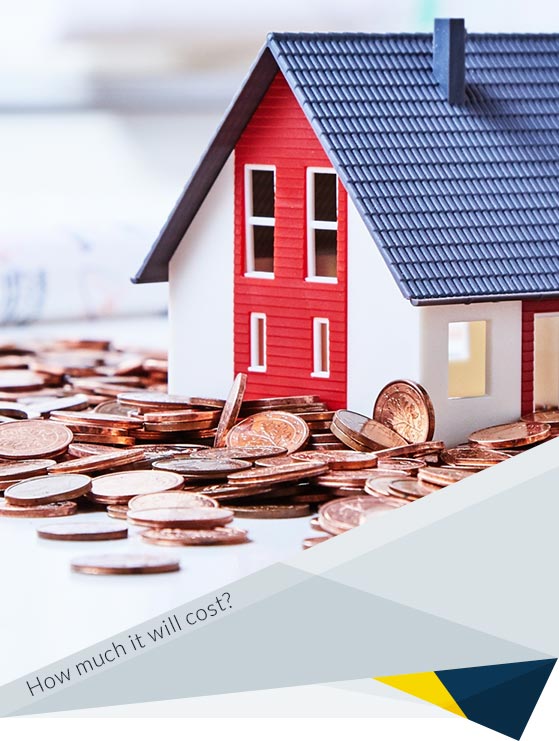
Mold in your home isn't just an eyesore, it can pose serious health risks and lead to costly structural damage if left untreated. Whether you're dealing with a small patch in the bathroom or a widespread infestation in the attic, understanding the cost of mold remediation is the first step toward a safer, healthier home.
In this guide, we'll break down the average cost of mold remediation, explain what factors influence pricing, and share expert tips to help you save money without compromising on quality. If you're ready to take action, our certified mold specialists are here to provide a price estimate tailored to your needs.
Click here to get your mold removal estimate today!
The cost of mold remediation can vary widely depending on the size of the affected area, the type of mold, and where it's located in your home. On average, homeowners in the U.S. spend around $2,347 for professional mold removal. Smaller jobs may cost as little as $500, while larger or more complex projects, such as those involving structural damage or HVAC systems, can exceed $6,000.
Most professionals charge between $10 and $30 per square foot, with the price increasing for hard-to-reach areas or toxic mold strains. Mold testing and inspection typically range from $300 to $700, depending on the size of the property and whether lab analysis is required.
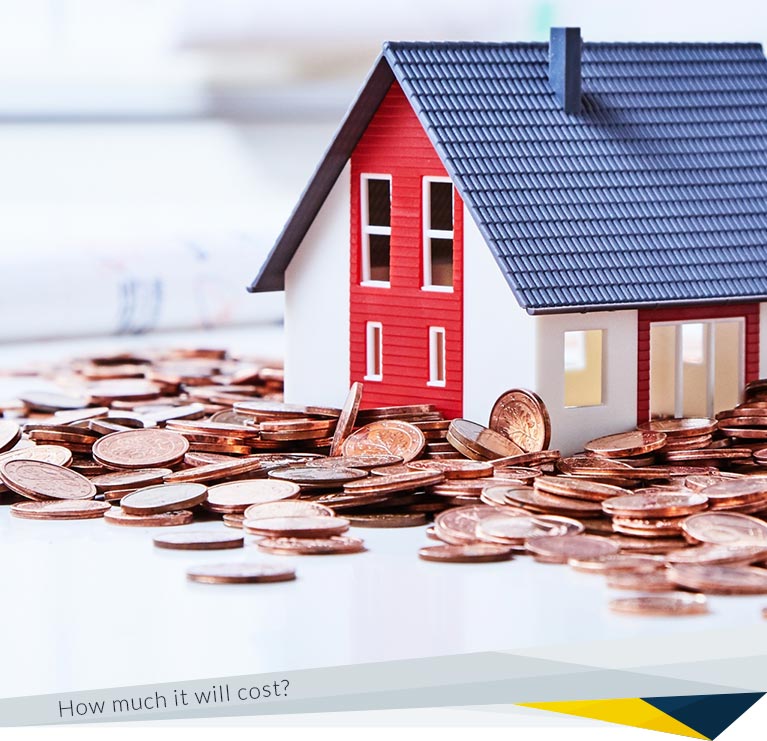
The cost of mold remediation isn't one-size-fits-all. Several key factors influence how much you'll pay for professional mold removal. Understanding these variables can help you estimate your project more accurately and avoid unexpected expenses.
The larger the mold-infested area, the more time, labor, and materials are required. Most professionals charge $10-$30 per square foot, with costs increasing for areas over 300 sq ft.
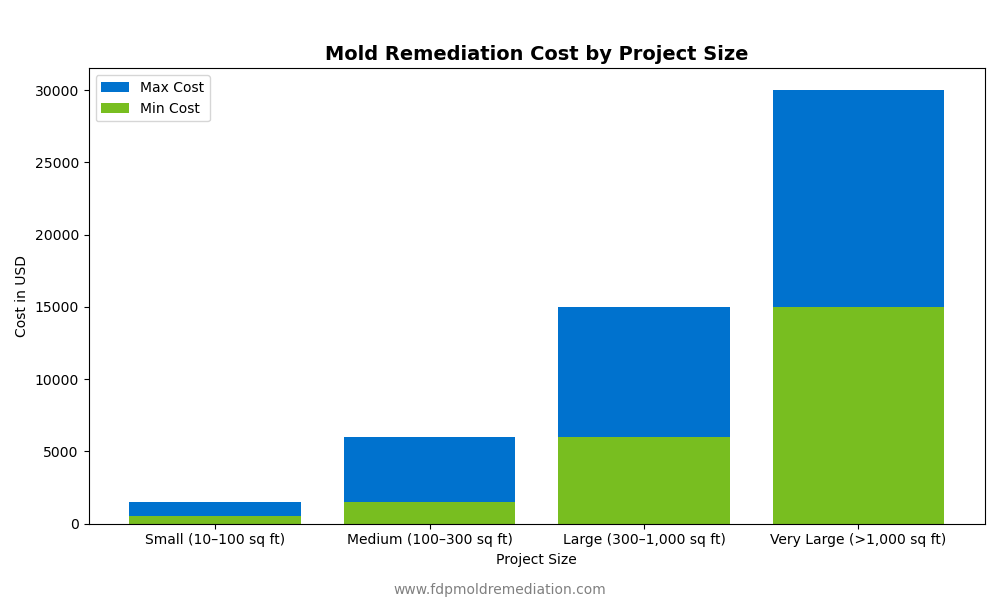
Some mold types, like black mold (Stachybotrys chartarum), are more hazardous and require specialized handling, which can increase the cost. Less toxic molds may be easier and cheaper to remove.
Mold in hard-to-reach areas like HVAC systems, attics, or crawl spaces typically costs more to remediate due to accessibility challenges and the need for specialized equipment.
If mold is caused by flooding, leaks, or high humidity, there may be underlying water damage that needs to be repaired. This can include drywall replacement, insulation removal, or structural repairs, adding to the total cost.
If mold is suspected but not visible, professional testing may be required to identify the type and extent of contamination. This typically costs $300-$700 and may be a separate charge from remediation.
Urgent remediation, especially after a flood or in a health-sensitive environment, may come with premium pricing for same-day or after-hours service.
Not all mold is created equal. Some types are relatively harmless, while others, like toxic black mold, can pose serious health risks and require more intensive (and expensive) remediation. While most professionals don't charge based solely on mold type, the complexity of removal, safety precautions required, and factors affecting black mold remediation cost can influence the final price.
Commonly found in water-damaged drywall, wallpaper, and carpets.
Highly toxic and associated with respiratory issues, fatigue, and neurological symptoms.
Thrives in areas with extreme water damage (e.g., post-flood).
Common in bathrooms, kitchens, and around windows.
While mold type alone doesn't determine the final price, it plays a major role in how complex and urgent the remediation process will be. Identifying the mold early and working with certified professionals ensures both safety and cost-efficiency.
Where mold grows in your home can significantly impact the cost of removal. Some areas are easier to access and treat, while others, like air ducts or crawl spaces, require specialized equipment and labor. Here's a breakdown of common mold-prone areas and what you can expect to pay:
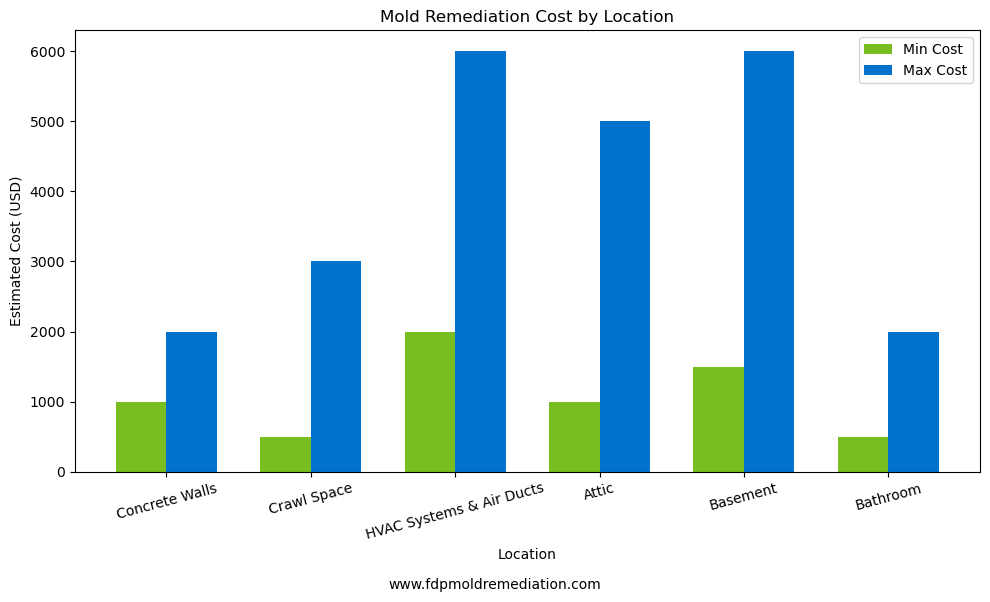
Treatment Includes:
Treatment Includes:
Treatment Includes:
Treatment Includes:
Treatment Includes:
Treatment Includes:
Treatment Includes:
Each area of your home presents unique mold challenges. The more difficult the area is to access or the more extensive the damage, the higher the cost. Addressing mold early and improving ventilation and moisture control can significantly reduce both health risks and remediation expenses.
When estimating mold remediation costs, one of the most common pricing methods used by professionals is cost per square foot. This approach helps homeowners get a clearer idea of what to expect based on the size of the affected area.
Typical Cost Range: $10 to $30 per square foot. The final price depends on factors like mold type, location, accessibility, and whether structural repairs are needed.
| Affected Area | Estimated Cost |
|---|---|
| 10 sq ft | $100 – $300 |
| 50 sq ft | $500 – $1500 |
| 100 sq ft | $1,000 – $3000 |
| 300 sq ft | $3,000 – $9000 |
| 500 sq ft | $5,000 – $15000 |
According to the U.S. Environmental Protection Agency (EPA), any mold-affected area larger than 10 square feet should be handled by a professional. DIY methods may be ineffective or even dangerous for larger infestations.
Using square footage as a pricing guide is a practical way to estimate remediation costs. However, keep in mind that other factors, like mold type, location, and water damage,can still influence the final price. For the most accurate estimate, a professional inspection is always recommended.
Before mold can be properly removed, it's important to understand the type, location, and extent of the infestation. That's where professional mold inspection and testing come in. These services help confirm the presence of mold, especially when it's hidden behind walls or under flooring, and determine whether it's toxic.
What Can be Included in a Mold Inspection
Typical Cost Range
When You Need Mold Testing
Mold testing is a smart investment when the source of mold isn't obvious or when health concerns are involved. It provides clarity, supports insurance claims, and ensures that remediation efforts are targeted and effective.
While the base cost of mold remediation is often quoted per square foot or by location, there are several additional expenses that can catch homeowners off guard. Being aware of these hidden costs can help you budget more accurately and avoid surprises.
Mold often damages drywall, wood framing, flooring, and insulation. If the infestation is severe, you may need to:
Estimated cost: $500-$5,000+ depending on damage
If mold spores have spread through your HVAC system, professional duct cleaning is essential to prevent recontamination.
Estimated cost: $300-$1,000
Leaks from pipes or roofs are common causes of mold. If not addressed, mold will return even after remediation.
Estimated cost: $150-$2,500+ depending on the issue
To ensure the mold has been fully removed, many professionals recommend follow-up air quality testing for mold.
Estimated cost: $200-$500
Furniture, carpets, and personal belongings exposed to mold may need to be professionally cleaned or discarded.
Estimated cost: Varies widely based on item type and quantity.
Mold remediation is more than just removing visible mold, it often involves addressing the root cause and repairing the damage it leaves behind. Factoring in these potential hidden costs upfront can help you plan more effectively and avoid unexpected financial strain.
Mold remediation can be a significant investment, but there are smart ways to reduce costs without compromising on safety or quality. Here are some proven strategies to help you save:
The smaller the affected area, the lower the cost. Regularly inspect high-risk areas like bathrooms, basements, and attics to catch mold before it spreads.
Some homeowners insurance policies cover mold remediation if it's caused by a covered peril (like a burst pipe). Review your policy and speak with your provider to see what's included.
Addressing the root cause, whether it's a leaky roof, broken pipe, or poor ventilation, prevents mold from returning and avoids repeat remediation costs.
If you need multiple services (e.g., water damage restoration + mold removal), ask about bundled pricing. Many companies offer discounts for combined jobs.
If mold is clearly visible and widespread, testing may not be needed. Save on lab fees by going straight to remediation when the problem is obvious.
Prices can vary significantly between providers. Always get at least two or three estimates and compare not just cost, but also certifications, guarantees, and customer reviews.
Certified mold remediation companies with local expertise often offer more competitive pricing and faster service. Make sure they're certified (e.g., IICRC) and experienced in mold remediation. At FDP Mold Remediation, we are IICRC-certified and committed to providing high-quality service at competitive rates.
Saving on mold remediation doesn't mean cutting corners, it means being proactive, informed, and strategic. By addressing mold early and working with the right professionals, you can protect your home and your wallet.
Trusted Mold Remediation Experts with 20+ Years of Experience
At FDP Mold Remediation, we understand that mold is more than a nuisance, it's a health hazard. That's why we bring over 20 years of hands-on experience, certified technicians, and a commitment to safety and transparency to every job.
Our team is certified by industry-leading organizations and trained in the latest mold remediation protocols. We use advanced equipment like HEPA vacuums, negative air machines, and moisture meters to ensure thorough and safe removal.
We believe in honest, upfront pricing. Every quote is customized to your specific situation, with no surprise charges. You'll know exactly what to expect before we begin.
From mold inspection and testing to complete remediation and prevention, we handle every step of the process. You won't need to coordinate with multiple contractors, we do it all.
Mold spreads quickly, and we respond just as fast. Our team is available 24/7 for emergency mold removal, helping you minimize damage and protect your health.
We're proud to serve communities across the U.S. with fast, reliable service and a reputation built on results. Our customers trust us and we work hard to earn that trust every day.
Ready to Get Started?
Call us at 877-421-2614 or request an estimate online. Let FDP Mold Remediation help you breathe easier, safely and affordably.
It depends on the cause. If the mold is a result of a sudden, covered peril (like a burst pipe), your insurance may cover it. However, mold caused by neglect or long-term leaks is usually not covered. Always check your policy or speak with your provider.
Most residential mold remediation projects take 1 to 5 days, depending on the size of the affected area, the type of mold, and the extent of damage. On average, a standard mold remediation job is completed in about 3 days.
In many cases, yes, especially if the mold is contained to one area. However, for large infestations or toxic mold (like black mold), it may be safer to vacate temporarily.
Not always. If mold is clearly visible, remediation can begin without testing. However, testing is useful for identifying mold type, confirming hidden mold, or documenting the issue for insurance or real estate purposes.
Mold can spread quickly, damage your home's structure, and pose serious health risks, especially for children, the elderly, and those with respiratory conditions. The longer you wait, the more expensive remediation becomes.
Fix leaks promptly, improve ventilation, use dehumidifiers in damp areas, and schedule regular inspections, especially after water damage.
Still have questions? Contact FDP Mold Remediation for expert advice or to schedule a professional mold inspection today.
This cost guide was prepared by the FDP Mold Remediation team, combining industry research and over 20 years of hands-on experience in residential and commercial mold remediation across the U.S.


